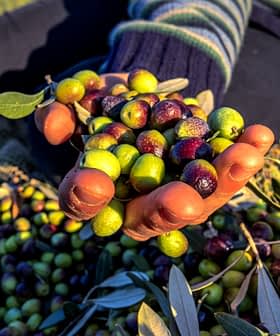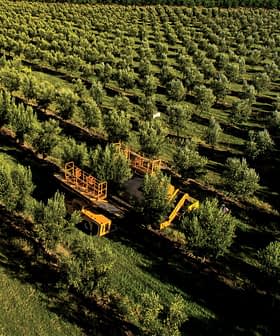The International Olive Council (IOC), GEA Westfalia Separator Ibérica and the Spanish Association of Municipalities of Olivo (AEMO) presented preliminary results of an international study to analyze the cost of producing one kilogram of olive oil.
The study calculated “direct costs” which included fertilization, plant protection, soil management, pruning, harvesting and irrigation. Indirect costs included depreciation, transportation and milling were calculated to obtain the overall costs of production per kilo of oil for each country.
The data were obtained through a set of questionnaires and the results are undergoing review before they are presented and published, the IOC said.
The researchers offered the following recommendations “to improve the competitiveness of the olive farms at the greatest disadvantage in the world.”
- Use training and knowledge transfer as cost optimization tools in countries whose data show that the cultural techniques employed may not be the most suitable profitability-wise;
- Enhance the quality of oils and highlighte their distinctive characteristics, especially oils obtained in the traditional S1, S2, S3 and S4 systems;
- Encourage olive farms and olive oil mills to become more competitive through cooperative strategies such as integration or concentration;
- Make better use of by-products and seek new uses through research, development and technological evolution;
- Convert S1, S2, S3 and S4 olive orchards to more intensive systems when the terrain, water availability and size so permit;
- Encourage promotion as one of the most influential strategic tools for boosting the current trend of world consumption and increasing consumer appreciation of olive oil.
The president of GEA Westfalia Separator Ibérica, Juan Vilar Hernández, highlighted the importance of the data: “The first step to manage an activity is through the full knowledge of your bottom line, so this information is not only strategic but vital for decision-making within the industry.”
More than 30 million people are employed in the olive oil sector in 47 producing countries over five continents GEA said in a statement unveiling the study.
Olive oil is consumed in over 160 countries, yet it amount to only 1.7 percent of edible fats, according to the researchers.








